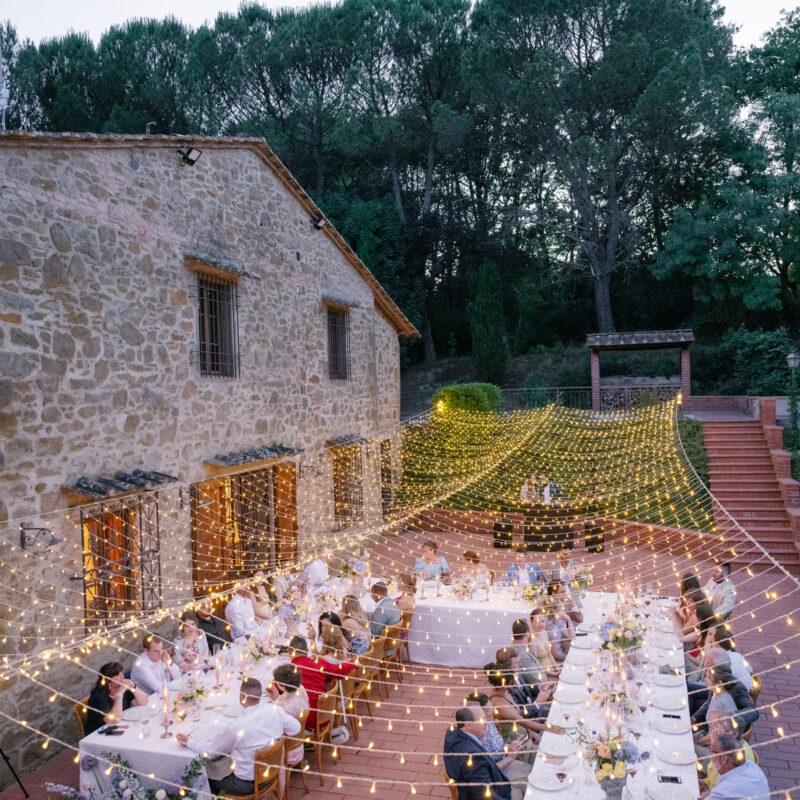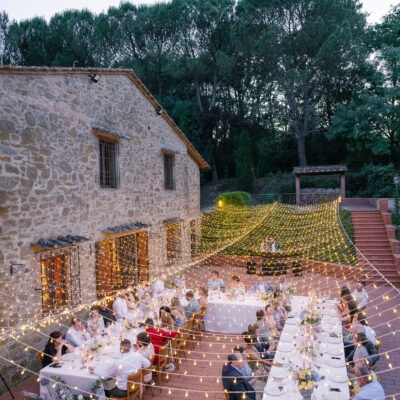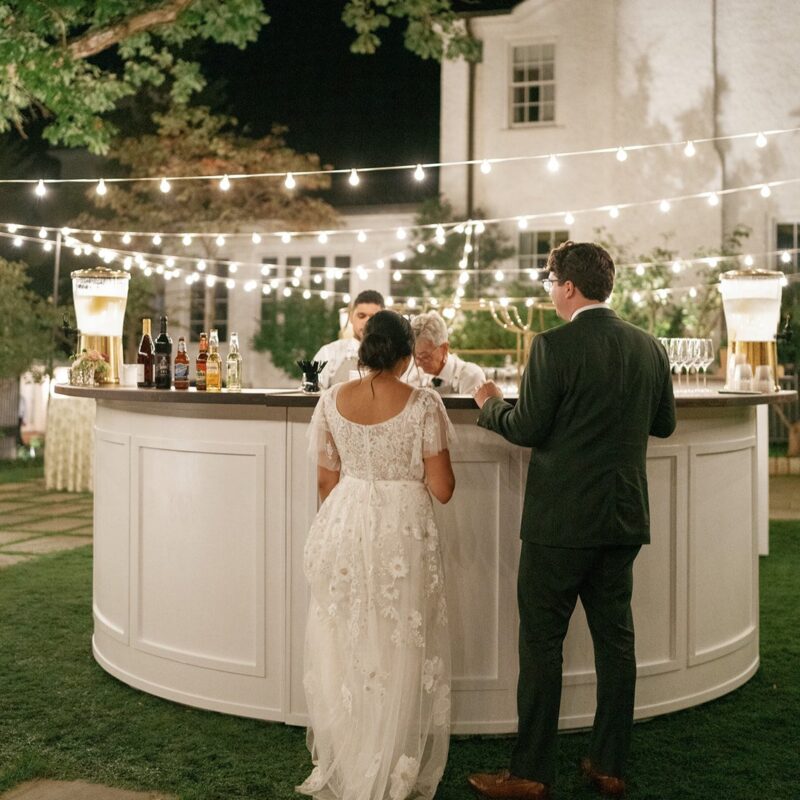When Lincoln Perry lived in a house on Altamont Circle, he would crawl up to the roof of the Altamont apartment building to get a good view of the North Downtown neighborhood’s brick houses and church steeples for some of his paintings, including the one shown here.
This painting is part of a series that Perry says is “loosely based” on the myth of Orpheus and Eurydice, in which musician Orpheus descends to the underworld to retrieve his love, Eurydice, killed by snakebite while attempting to flee an unwanted suitor. With his lyre, Orpheus convinces Hades, god of the dead, to let Eurydice return to the living realm…on the condition that Orpheus does not look behind him during their ascent.
Here, a woman strides through a spot of sun while leaving her house on Altamont Circle “in an extremely low-key and quotidian version of being dragged down to hell,” says Perry. “Perhaps Orpheus will be able to pull her back home.”
Perry, who now resides near Staunton with his wife, writer Ann Beattie, is perhaps best known for his murals that depict scenes of life, including The Student’s Progress series in UVA’s Old Cabell Hall. Though Perry’s paintings appear to emphasize interactions between people, the settings are just as important. “I’m trying to paint what it feels like to be a body in the world,” Perry says of his work. “As a teacher of mine wrote, ‘The challenge of drawing and painting the figure…is enough to have occupied the whole history of civilization; certainly it will be enough to occupy me as a painter.’ Another painter/friend claims that all artists are frustrated architects, so perhaps I paint architectural setting in sublimation of that desire.”
What’s more, Perry says, “There is a difference between humans and habitat. …Rembrandt always considered architecture synonymous with authority and oppression, while I consider it our beautiful (or hideous) nest.”






